
All categories
Featured selections
Trade Assurance
Buyer Central
Help Center
Get the app
Become a supplier

(7654 products available)

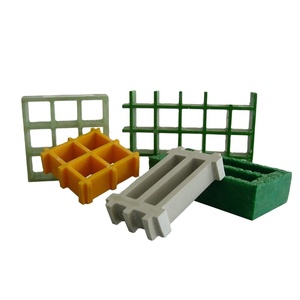



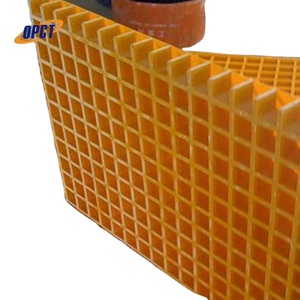



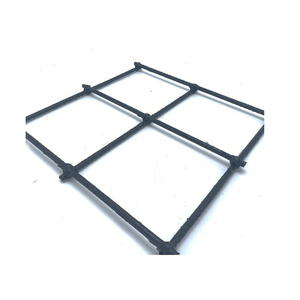





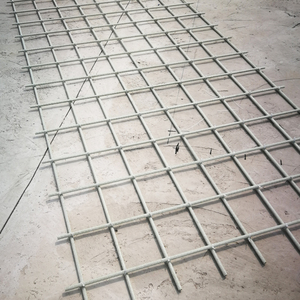

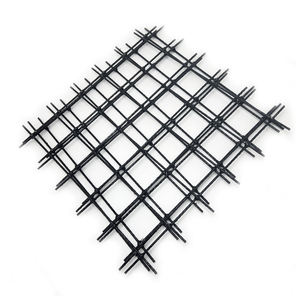


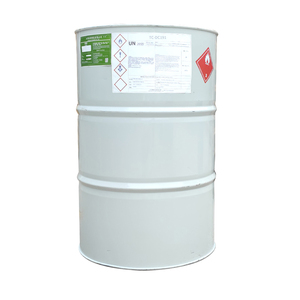
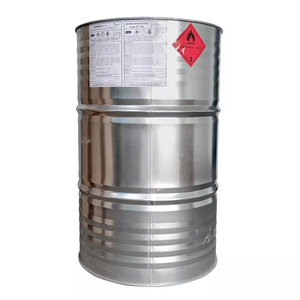
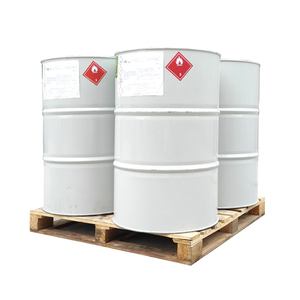










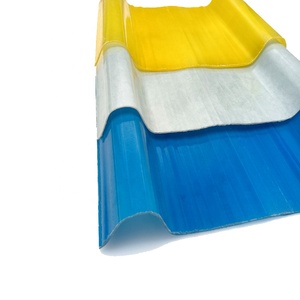



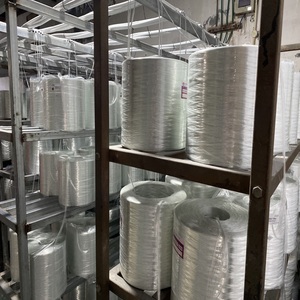
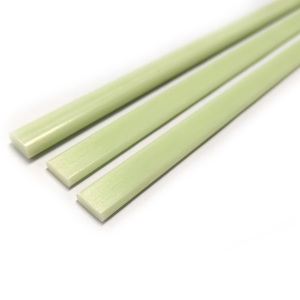



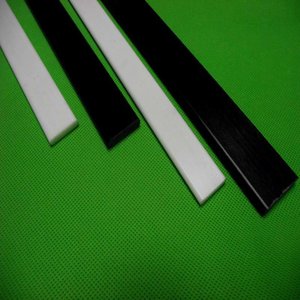

Reinforced polyester fiberglass comes in various forms, differentiated primarily by the type of resin used, the method of reinforcement, and the specific application for which they are intended.
Polyester
The most common type of reinforced polyester fiberglass uses a polyester resin. Known for its cost-effectiveness, this type is widely used in sectors like automotive, marine, and building construction. Polyester resins offer a good balance between strength and chemical resistance, making them ideal for outdoor applications where exposure to the elements is a concern.
Vinyl Ester
For applications requiring higher chemical resistance, especially in the chemical industry, reinforced fiberglass OEM parts with vinyl ester resin are often employed. While generally more expensive than polyester, vinyl ester provides superior performance against aggressive chemicals and is commonly used in the construction of chemical storage tanks, pipes, and other equipment.
Epoxy
Epoxy fiberglass is known for its excellent adhesive properties and superior mechanical strength. Although more costly, its ability to function effectively at elevated temperatures makes it a preferred choice in specialized industries, including aerospace, where performance is critical.
Aramid-Polyester Hybrid
This type combines polyester with aramid fibers, known for their exceptional tensile strength. The hybrid provides both chemical resistance and mechanical durability, specifically in applications like pressure vessels, where internal stresses can be extremely high.
Continuous Filament
Reinforcement can also be achieved through continuous filament winding, a specialized technique in producing tubes and cylindrical parts. This method ensures even distribution of fibers, resulting in parts that have superior strength-to-weight ratios, often used in pipelines and other cylindrical structures.
The durability and versatility of reinforced polyester fiberglass is a result of its complex composition.
Fiberglass
The fiberglass component, usually in strands or mats, serves as the principal reinforcing material. These strands are made from molten glass that is extruded into thin fibers. Because of this, the fibers possess a high tensile strength, which keeps the material from warping, even under prolonged exposure to heat or heavy loads. Common types of fiberglass used include E-glass, which offers a good balance of strength and electrical insulation properties.
Polyester Resin
A synthetic resin, polyester resin, binds the fiberglass strands in reinforced fiberglass. It is commonly derived from the reaction between diols and unsaturated dicarboxylic acids, forming a viscous, cross-linking polymer when catalyzed. Once cured, the resin hardens and creates a rigid matrix that encapsulates the fiberglass, increasing the material's strength and rigidity.
Catalysts and Accelerators
Catalysts such as methyl ethyl ketone peroxide (MEKP) are mixed with the resin to initiate the curing or polymerization process. Accelerators, typically cobalt-based, are added to control the curing rate. This allows for greater flexibility during the manufacturing process, depending on when the user intends for it to set.
Fillers
Many reinforced fiberglass manufacturers use fillers like calcium carbonate or talc to decrease resin usage and lower costs. These fillers also improve the physical properties of the ester, such as its thermal resistance and dielectric strength. Dielectric strength is a measure of how well a substance can resist electric current passing through it.
Measuring and Mixing
The composition of reinforced fiberglass is critical to its performance and durability. Even slight variations in fiber type, resin quality, or catalyst concentration can lead to significant differences in mechanical properties, chemical resistance, and overall lifespan.
The wide-ranging applications of reinforced polyester fiberglass are mainly because of its strength, versatility, and resistance to various environmental elements.
Marine Industry
Reinforced fiberglass parts are that it does not corrode when exposed to water, especially salt. This makes it ideal for building boats, ship hulls, and other watercraft. The material's strength and lightweight properties increase fuel efficiency and enhance the structural integrity of these vessels, making them more durable and long-lasting.
Automotive Components
In the automotive industry, reinforced fiberglass is used in body panels, bumpers, and seats. Its ability to be molded into complex shapes and not rust like metal makes it a popular alternative to steel or aluminum. Additionally, using "polyester fiberglass" parts helps reduce overall vehicle weight, thereby improving gas and electric-powered vehicle efficiency.
Construction and Building Materials
Reinforced fiberglass is used to make roofing sheets, water tanks, and window frames in the construction field. The material’s resistance to UV radiation and chemicals ensures longevity in outdoor applications. It is also used for & fiberglass repair and replacement of windows, as it provides greater energy efficiency and resistance to warping.
Electrical and Insulation Components
In electrical applications, reinforced fiberglass is a key element in the production of insulators, circuit boards, and other components. Its superior dielectric properties make it an excellent insulator, while its mechanical strength ensures that it can hold up under the physical stresses in high-voltage or critical electronic systems. This property is especially important in industries like aerospace, defense, and renewable energies.
Industrial Equipment
Tanks, pipes, and containers used in chemical processing, wastewater treatment, and other industrial applications often include reinforced fiberglass. It is chemically resistant to a wide range of corrosive substances, including acids and bases, that would degrade most metals or other types of materials. Consequently, this reinforces fiberglass parts durability, reducing maintenance cost and downtime.
The versatility of reinforced polyester fiberglass allows for a wide range of modifications and customizations to cater to specific needs or requirements across different industries.
Resin Type
Reinforced fiberglass can be customized with various resins, such as vinyl ester or epoxy, depending on the application. Epoxy resins provide superior adhesion and mechanical properties, making them ideal for high-performance aerospace or marine applications. Meanwhile, vinyl ester resins improve chemical resistance for parts exposed to harsh environments, such as tanks and piping in chemical processing plants.
Fiber Orientation and Type
The type and orientation of the fiberglass threads used in the reinforcement greatly impact the fiberglass's mechanical properties and strength. For example, chopped strand mat (CSM) provides good strength in multiple directions, while woven roving offers superior strength along particular axes. By adjusting the fiber type and its orientation, custom reinforced fiberglass parts can achieve the ideal balance of tensile strength, flexibility, and rigidity for a specific application or environment.
Layering and Thickness
Another customization option is the number of fiberglass layers and their individual thicknesses. The enhanced strength and stiffness of the reinforced fiberglass pieces results from increasing the layer count in a particular direction. Tailoring the thickness of each layer permits fine-tuning of natural frequency and dampening characteristics, which is especially important for machinery or structural components exposed to vibrations.
Surface Finishes
The outer appearance and functionality of reinforced fiberglass parts are determined by a wide range of surface treatments. Application of a gel coat finish optimizes surface smoothness and aesthetic qualities and provides additional protection against UV radiation and chemicals. Besides, painting or application of anti-slip coatings is an option for custom texturing that improves safety and adhesion.
Molding Techniques
Reinforced fiberglass parts are shaped into highly complicated components or structures by adjusting the molding technique. For example, hand layup is practical for low-volume custom work because it permits greater control over fiber orientation. In contrast, automated processes like filament winding are useful for high-precision parts such as pipes or tanks.
Choosing the right type of reinforced fiberglass requires careful consideration of several factors.
Application Requirements
The primary consideration is how the reinforced fiberglass will be used. For marine applications, polyester resin-bonded fiberglass is often the type that is recommended because of its water-resistant properties and ease of workability. However, vinyl ester fiberglass is more ideal for chemical storage or high-heat environments, as it has superior chemical resistance, corrosion-retarding properties, and greater temperature endurance.
Mechanical Properties
Buyers need to consider the needed mechanical properties, such as tensile strength and stiffness. Fiberglass with distinctive fiber orientations can also have different strength characteristics. Therefore, users should assess which direction the material will experience the most stress and choose a type that has reinforced fibers in that direction.
Cost and Budget Constraints
Polyester resin-bonded fiberglass is cost-friendly and easy to find, making it a popular choice for many applications. However, other types, like vinyl ester and epoxy, while more expensive, offer attributes such as greater strength and chemical resistance that may be better for specific uses. Users should weigh the long-term performance of the material against the initial cost to make the right choice economically viable.
Customization Needs
Buyers must consider the extent to which the reinforced fiberglass can be modified to meet specific needs. For instance, the types of resins, fillers, and fiber orientations that can be tailored to achieve desired mechanical properties, surface finishes, and dimensions for custom-made reinforced fiberglass parts can be significantly helpful in unique applications.
Availability and Lead Times
Although reinforced fiberglass is widely available, various types may have distinct degrees of availability. Therefore, users need to consider the lead times for acquiring particular materials or custom-made components, particularly for projects that have strict timelines.
Reinforced fiberglass is ideal for outdoor use because of its resistance to UV rays, water, and temperature variations.
Polyester fiberglass is more affordable and has a broader application, while vinyl ester fiberglass has great chemical resistance and superior strength.
Yes, however, it is recommended that a special primer be used before the regular paint to ensure better adhesion and long-lasting results.
The fiberglass’s orientation determines the material's strength and stiffness in particular directions, making it ideal for specific applications.
Fillers reduce resin consumption, lower material costs, and improve the fiberglass's physical attributes, such as thermal and electrical resistance.